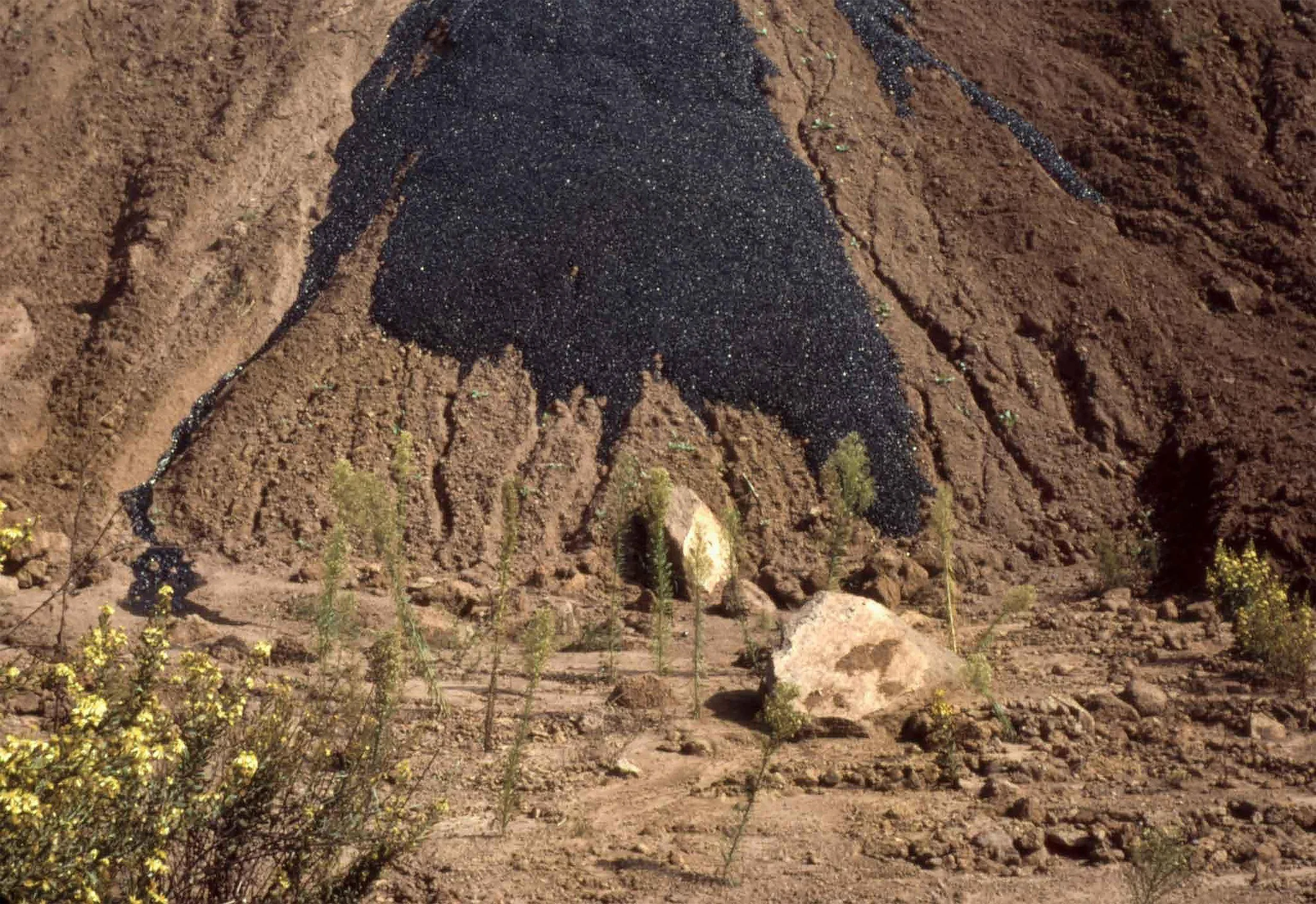In this philosophical essay, Jackie Valle brings a phenomenological approach to vision and perception in the context of Carl Heidenreich’s late works, drawing on Maurice Merleau-Ponty’s The Visible and Invisible and Jean-Paul Sartre’s Being and Nothingness to call into question our understanding of reality as glimpsed through the transparencies, opacities, and layered pools of watercolor pigment in Heidenreich’s Alaskan Series.
In this essay, Christopher Squier rearticulates the Anthropocene as a visual experience which moves one toward obscurity; we are in an optically-centered era that employs strategies of obfuscation to cover, stratify, and sanitize its contaminated landscapes.
Annette Messager’s immersive installation Penetration brings the beholder inside of the body into a forest of organs. The work takes up the iconography of medical and scientific illustration, a specific tradition of knowledge production that calls for re-examination considering our recent and ongoing experience of the COVID-19 pandemic, and, more specifically, the imaging of the virus. This essay primarily interrogates how the body and selfhood might be conceived of differently.
In Marina Tëmkina’s poem “Boys Fight,” one finds a taxonomy of masculinity in her inventory of big boys, old boys, mainstream boys, golden boys, and girls who look up to boys—all combative, doing intellectual battle, raging and sparring, and driven. Tëmkina’s lines are paired with the mixed-media drawings of Michel Gérard, which take their cue from an illustration of boxing techniques in the Nouveau Petit Larousse Illustré, a popular and practical French-language encyclopedic dictionary first published in 1905.
This is a breathing exercise. On every inhale, root yourself in the present state of our country, with the present feelings you harbor politically and emotionally.
On every exhale, imagine that the president has died.
Inhale.
Since the early 2000s, Oakland has become known as a bastion of affordability for artists seeking refuge from the high cost of living in San Francisco. A 2014 New York Times article, "Oakland: Brooklyn by the Bay," called it a “welcoming oasis,” even though at the time of the article’s publication, Oakland was experiencing one of the fastest rising rents in the US, beating out both San Francisco and New York. The article’s language and timing point to the seeming contradiction that many established and burgeoning artistic communities face: establish a strong community of artists and displacement will likely follow.
Miami froze me with her sass, me dio tremendo erizo as the chills me corrieron por adentro y encima. She was defiant, super exigente, always cooking the Caribbean … and those endearing spills, swoons, and shakes; sometimes, in rare moments, she could even be tipa hipócrita, a necessary evil in the art of sinvergüenza–surviving three deaths before her final. In life, Miami was a vision who lived in a perpetual state of absence from home; she was here and she was there. Her vulnerability manifested in lapses between English fragments and the Spanish of being in exile.









Reggaeton’s power performs as a mode of cultural-techno criticality, pointing toward the superstructures that continue to enable its very appearance. For nearly ten years, the genre’s particular hybrid composition has been gradually left behind by its absorption into the U.S. mainstream market.